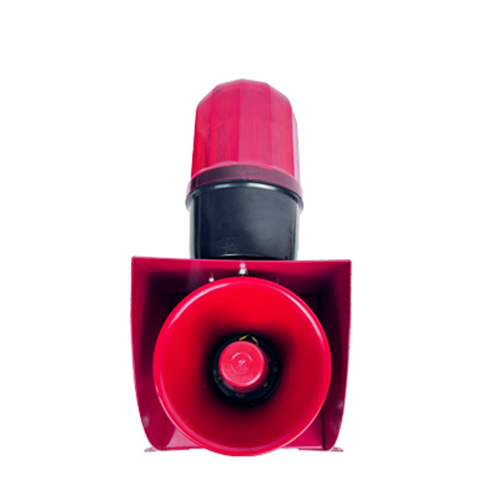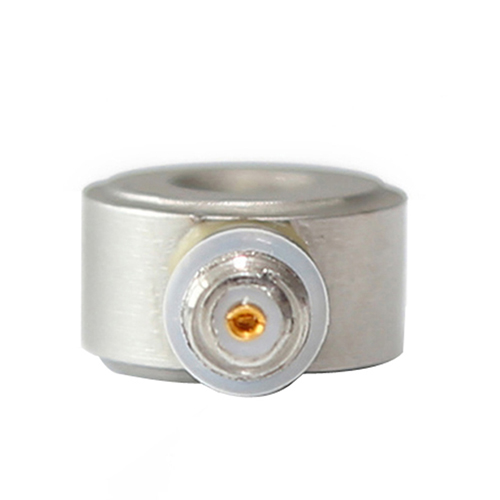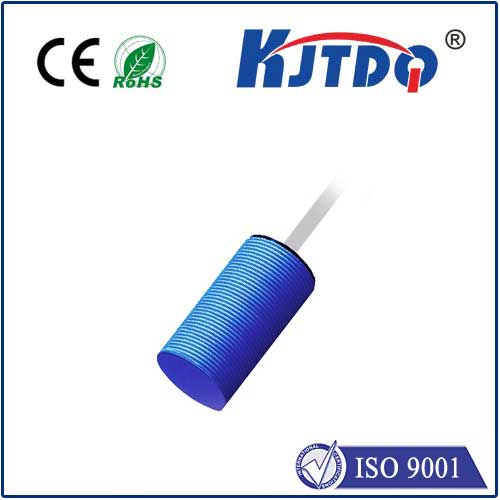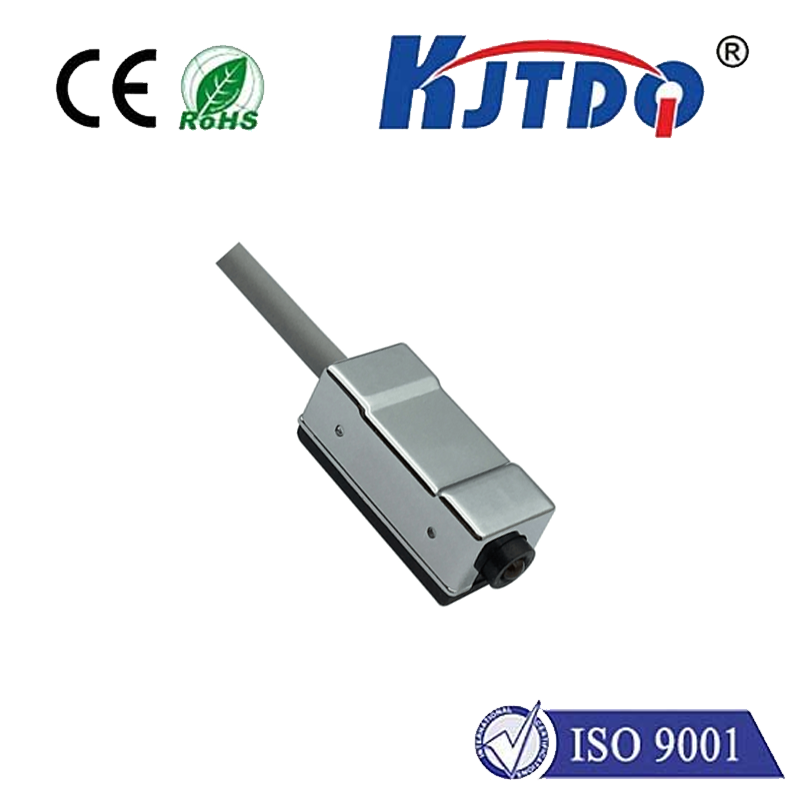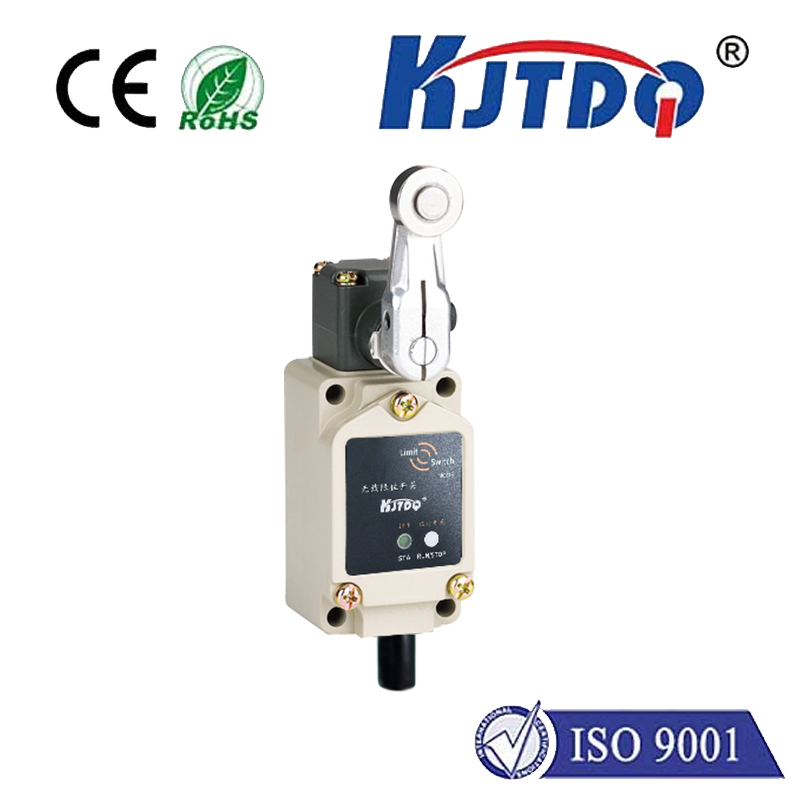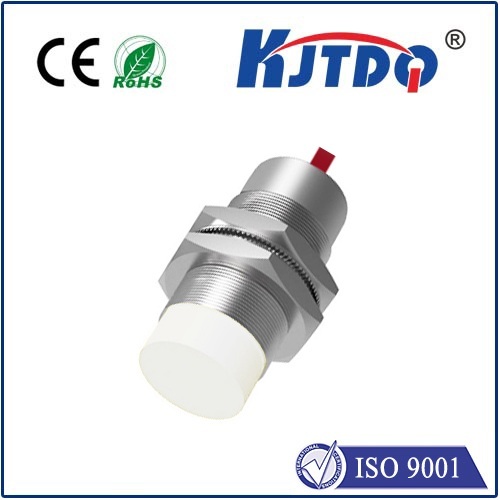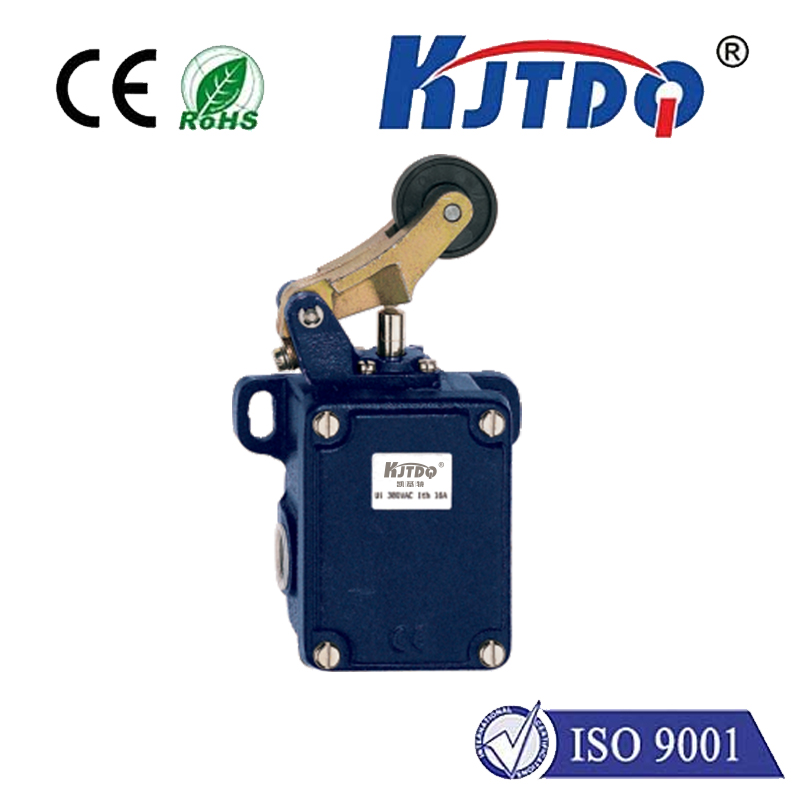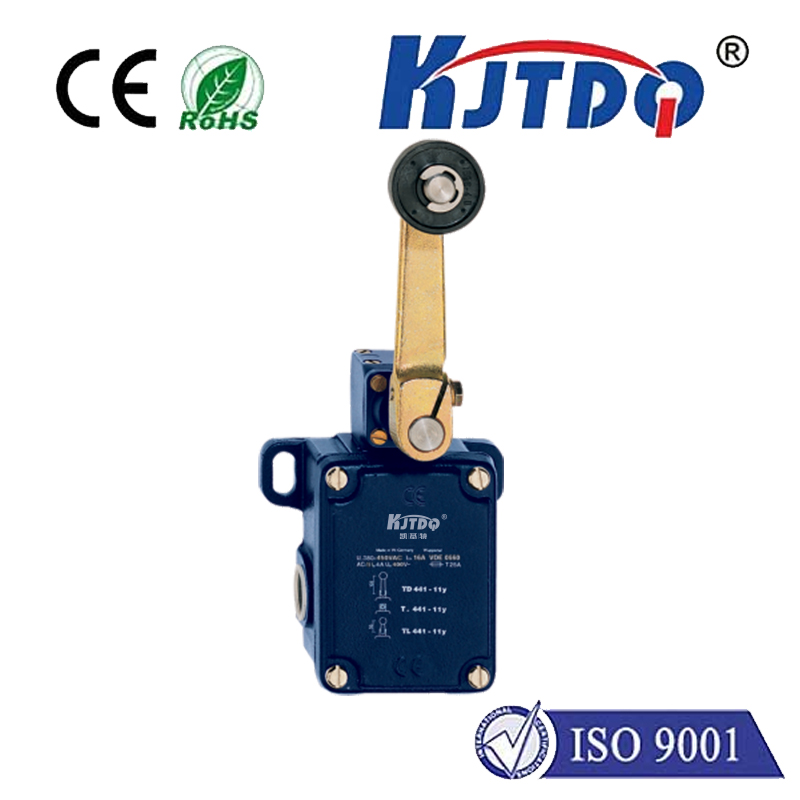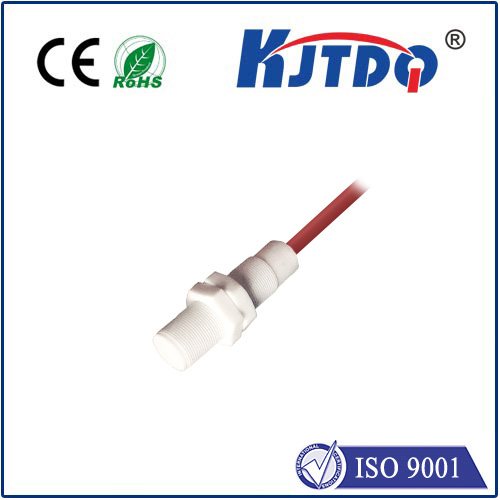photoelectric eyes
- time:2025-07-25 02:48:29
- Click:0
Photoelectric Eyes: The Silent Sensors Powering Modern Automation
Have you ever walked through an automatic door and marveled at how it knew to open? Or watched a production line where products are accurately counted and sorted at lightning speed? Behind these seemingly simple actions, invisible sentinels are constantly at work – photoelectric sensors, often called the “photoelectric eyes” of industry.
These ingenious devices are fundamental components in countless automated systems, acting as the crucial interface between the physical world and control logic. Their core function is elegantly simple: they detect the presence, absence, distance, or specific characteristics of an object using light. But don’t let the simplicity fool you; their impact is profound, driving efficiency, safety, and precision across diverse sectors.
The Core Principle: Light Meets Detection
At their heart, photoelectric sensors operate on the principle of light interaction. They consist primarily of two key elements: a light emitter (typically an LED, laser diode, or infrared source) and a receiver (often a phototransistor or photodiode). The sensor generates a light beam. When this beam’s path is interrupted by an object, or when light reflected from an object reaches the receiver, it triggers a change in the receiver’s electrical output. This change is processed and converted into a discrete signal (like ON/OFF) that a controller (like a PLC) can comprehend and act upon.

The Three Main “Sight” Modes
Not all photoelectric eyes “see” the same way. Their effectiveness depends heavily on the application, leading to three primary operating modes or sensing modes:
- Through-Beam (Opposed Mode): This is the most robust method. The emitter and receiver are housed in separate units, directly facing each other. Detection occurs when the object physically interrupts the beam traveling from emitter to receiver. This setup provides the longest sensing ranges and highest reliability for detection, even with challenging objects like clear glass or liquids, as it relies solely on beam blockage. Through-beam sensors are ideal for high-precision positioning or counting on fast-moving lines.
- Retroreflective Mode: Here, both emitter and receiver are in the same housing. The emitted light beam is directed towards a special reflector, which bounces it straight back to the receiver. Detection happens when an object passes between the sensor and the reflector, blocking the reflected beam. This type offers good sensing range and easier alignment than through-beam since only one device needs wiring. However, shiny objects might sometimes reflect enough light to mimic the reflector, causing false negatives.
- Diffuse (Proximity) Mode: Also combining emitter and receiver in one unit, diffuse sensors detect light reflected directly off the surface of the target object itself. There is no separate reflector needed. The sensing distance depends on the object’s size, color, reflectivity, and surface texture – light-colored objects reflect more light and are detected from farther away than dark or non-reflective ones. This makes diffuse sensors versatile and easy to install, perfect for detecting objects at close range without needing access to both sides.
Where These “Eyes” Make the Difference: Key Applications
The ability of photoelectric sensors to provide reliable, non-contact detection makes them indispensable:
- Object Detection & Counting: From counting bottles on a conveyor belt to verifying the presence of a component before a robot operation, they are the workhorses. Through-beam and retroreflective excel here for accuracy.
- Positioning & Verification: Ensuring parts are correctly located before machining, assembly, or packaging is critical. Photoelectric sensors provide the necessary feedback.
- Level Control: Monitoring material levels in bins, tanks (transparent or opaque), and hoppers prevents overflows or running dry. Specialized sensors can distinguish between different materials.
- Web Breaks & Edge Guiding: In printing, paper, or textile processing, sensors detect if a material web breaks or tracks its edge to maintain alignment.
- Safety Systems: Light curtains and area scanners are sophisticated networks of photoelectric eyes creating invisible safety barriers around hazardous machinery, instantly stopping operation if breached.
- Automatic Doors & Gates: The classic application, where diffuse or retroreflective sensors detect approaching people or vehicles.
- Packaging: Ensuring labels are present, flaps are closed, or fill levels are correct.
Why Choose Photoelectric Eyes? The Compelling Advantages
- Non-Contact Sensing: No physical touch means no wear and tear on the sensor or the target object, ensuring longevity and reliability for high-cycle applications.
- High Speed & Accuracy: Photoelectric sensors can detect objects moving at extremely high speeds with millisecond response times, far exceeding mechanical limit switches. This precision is vital for modern automation.
- Versatility: With different sensing modes and a wide range of form factors (compact, tubular, slot-type, etc.) and light sources (visible, laser, infrared), a solution exists for nearly any detection challenge.
- Detection of Diverse Objects: Capable of detecting almost any material – metal, plastic, wood, glass, liquid – provided the correct sensor type and mode are chosen.
- Long Sensing Ranges: Especially through-beam sensors can reliably detect objects over distances impractical for other proximity sensing technologies.
Reliability: The Unseen Guardian
The true power of the photoelectric eye lies not just in its function, but in its dependability. Operating tirelessly in harsh environments – washed down daily in food plants, enduring dust in foundries, or subjected to vibration on assembly lines – these sensors form the reliable backbone of automated systems. Their ability to provide consistent, accurate feedback is what allows complex processes to run smoothly and safely, preventing costly errors and downtime.
While often unnoticed, photoelectric sensors are truly the “eyes” watching over the intricate workings of our automated world. From the mundane convenience of an automatic door to the complex choreography of a robotic assembly cell, they quietly and efficiently bridge the gap between the physical and the digital, enabling the precise control that defines modern industry and technology. Their evolution continues, with smarter sensors incorporating IO-Link communication for diagnostics and configuration, further enhancing their capabilities as the invisible guardians of automation.






